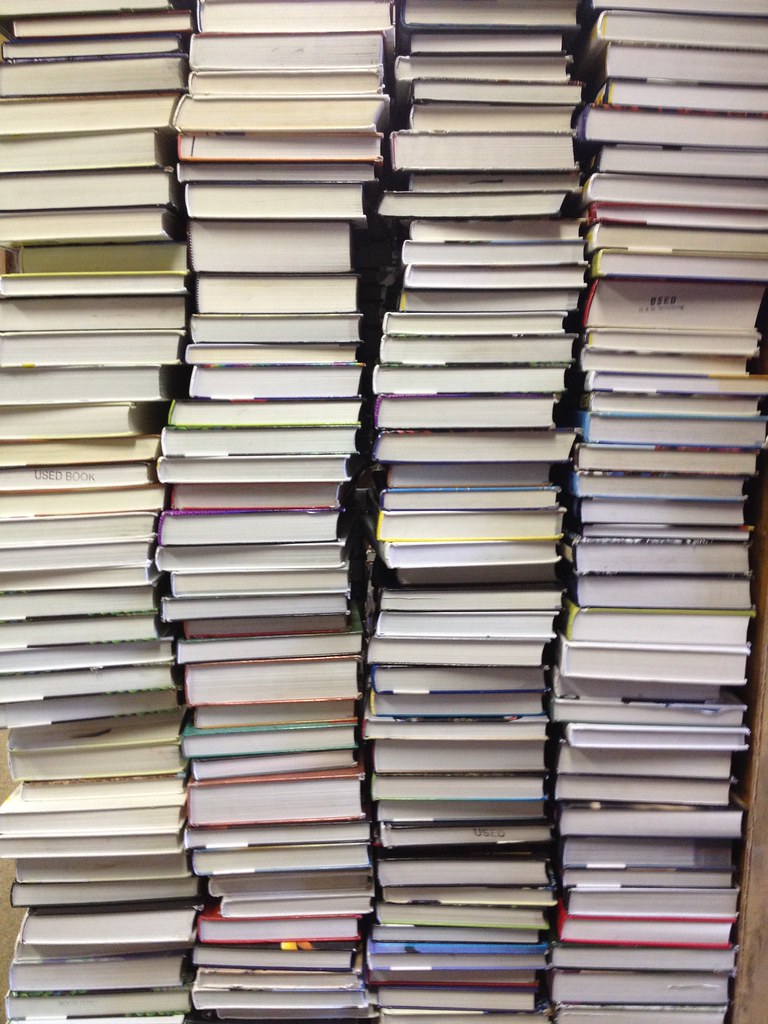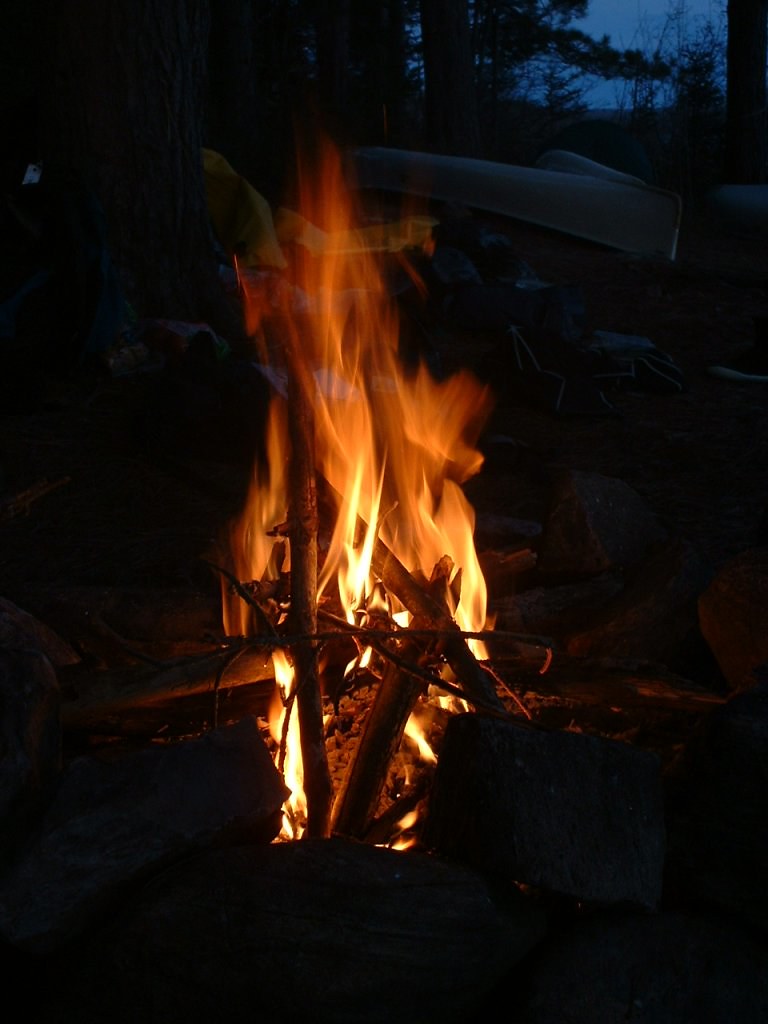What is Curriculum?

“photo (2)” by BookFool.com is licensed under CC BY-NC-SA 2.0
I am very clear in my understanding of Curriculum: Curriculum = Content.
I think.
A quick look at some definitions of curriculum planted some seeds of doubt in my mind:
Curriculum: the courses offered by an educational institution. –Merriam-Webster Dictionary
The term curriculum refers to the lessons and academic content taught in a school or in a specific course or program. … An individual teacher’s curriculum, for example, would be the specific learning standards, lessons, assignments, and materials used to organize and teach a particular course. –edglossary.org
There are three basic types of curriculum design—subject-centered, learner-centered, and problem-centered design. Subject-centered curriculum design revolves around a particular subject matter or discipline, such as mathematics, literature or biology. –tophat.com blog
B.C.’s new curriculum brings together two features that most educators agree are essential for 21st-century learning: a concept-based approach to learning, and a focus on the development of competencies, to foster deeper, more transferable learning.
Clear as mud, right? Perhaps a metaphor might help…
Curriculum Metaphor: The Campfire

A campfire requires wood, oxygen, and ignition. You can have a feeble campfire that radiates little heat or light and is destined to burn out, or you can have a raging campfire that emits an abundance of energy in the forms of heat and light and sends sparks everywhere, searching to ignite surrounding structures.
“Campfire” by full frame is licensed under CC BY-NC-ND 2.0
 The wood of the campfire is the curriculum. It is required for the fire, but on its own emits little energy. Don’t be fooled, however. The type of wood is very important! Oak would be best for a slow and steady burn, whereas hickory burns hot and is ideal for cooking. Ash burns easily and doesn’t produce a lot of smoke and Cedar produces a small flame but intense heat. And of course, the type of wood you use needs to be available and dry. To create the perfect fire will require knowledge and planning to be sure!
The wood of the campfire is the curriculum. It is required for the fire, but on its own emits little energy. Don’t be fooled, however. The type of wood is very important! Oak would be best for a slow and steady burn, whereas hickory burns hot and is ideal for cooking. Ash burns easily and doesn’t produce a lot of smoke and Cedar produces a small flame but intense heat. And of course, the type of wood you use needs to be available and dry. To create the perfect fire will require knowledge and planning to be sure!
“campfire-algonquin-2003” by afternoon_sunlight is licensed under CC BY-NC-SA 2.0
The flames represent the learning that occurs when the interaction between student and curriculum begins. These flames might begin small and feeble, but with the addition of oxygen through a gentle (or not-so-gentle) breeze those flames can grow larger and send sparks everywhere.
The wind and the oxygen that it carries are like the influence of the teacher on the learning and the learner. Teachers can fan the flames of the campfire and increase it’s energy magnificently, perhaps even sending sparks that invite other individuals to join and contribute to the blaze.

“Sparks” by Kimli is licensed under CC BY-NC 2.0
References
Williamson, B. (June 28, 2017). What’s the Best Wood to Burn in a Campfire? [Blog post]. Retrieved from https://ssfirepits.com/whats-the-best-wood-to-burn-in-a-campfire/
Rene Schwarz says:
Super metaphor! Nice elements of choice and subsequent intensity. Reminds me of a line from the movie Bladerunner. The master/creator responds to a request for more life by one his replicants (humanoid cyborgs), “The life that burns twice as bright burns half as long, and you have burned so very very brightly, Roy.” To save our planet we may need to find better a source of light (knowledge) than that from a campfire.
July 11, 2020 — 7:22 pm
theprairieteacher says:
Great one. Really works as a metaphor with the fact that some teachers provide more wind than others! Some think that the wood and is all you need, some blow consistently regardless of the student or circumstances, and some (the good ones like you and I) recognize how to moderate those gusts of wind to make the best fires….I assume I don’t know – I’m a city-boy. My fire is plugged into a wall outlet in my basement.
July 13, 2020 — 7:02 am